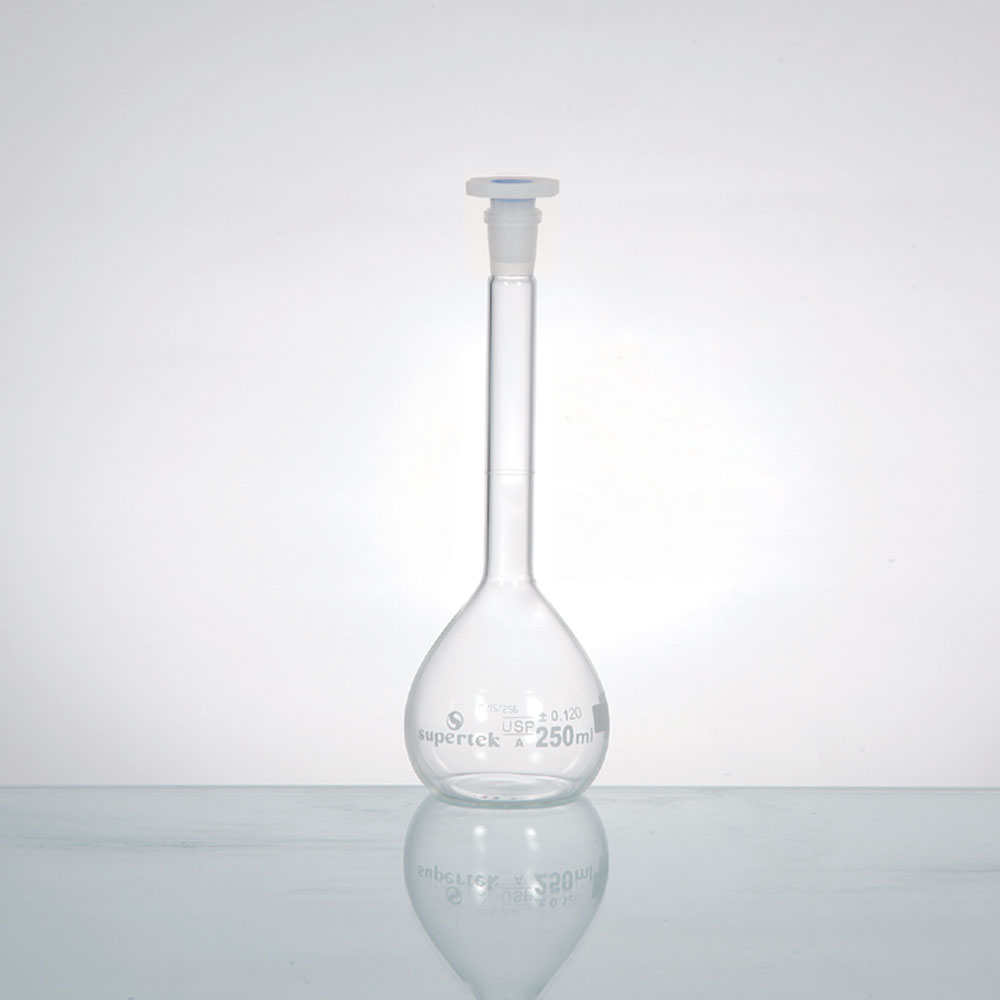Introduction
Do you know what is a volumetric flask?In the realm of scientific experimentation, precision is crucial. Each measurement can significantly impact results, particularly in fields such as chemistry, biology, and pharmaceuticals. Among the many tools that scientists utilize, volumetric flasks stand out as essential instruments. They enable researchers to measure exact quantities of liquids, ensuring accuracy in experiments and analyses.
This article aims to provide an in-depth understanding of what a volumetric flask is, its key features, common uses, and comparisons with other types of glassware. By the end of this guide, readers will not only grasp the importance of volumetric flasks but also feel equipped to utilize them effectively in laboratory settings. Whether you are a student, educator, researcher, or laboratory technician, understanding volumetric flasks is vital for achieving reliable results in scientific work.

Definition of a Volumetric Flask
A volumetric flask is a specialized piece of laboratory glassware designed for precise measurements of liquid volumes. Characteristically, it features a pear-shaped body, a long neck, and a flat bottom. Most volumetric flasks come with a single calibration mark that indicates the exact volume the flask can contain when filled to that specific level.
Typically made of high-quality glass or plastic, volumetric flasks offer distinct advantages. Glass volumetric flasks, often constructed from borosilicate glass, resist thermal shock and chemical reactions, making them ideal for various laboratory applications. Plastic volumetric flasks, on the other hand, are lightweight and shatter-resistant, providing a safer alternative in some settings. Regardless of the material, all volumetric flasks share the feature of allowing accurate and consistent liquid measurement.
Furthermore, volumetric flasks come in various sizes, from small 10 mL flasks to larger 2-liter versions. This variety allows for flexibility in use, catering to different laboratory needs. When precise volume measurement is crucial, a volumetric flask serves as the preferred instrument.
Features of a Volumetric Flask
Understanding the key features of a volumetric flask is essential for effective use. Here are the primary characteristics that define this crucial laboratory tool:
1. Shape and Design: The design of a volumetric flask promotes stability and accurate filling. The wide, flat bottom provides a stable base, while the narrow neck allows for careful monitoring of liquid levels.
2. Calibration Mark: The hallmark of a volumetric flask is its single calibration mark. This mark indicates the precise maximum volume the flask can hold, generally marked in milliliters (mL). The flask should only be filled to this mark to ensure accurate measurements.
3. Stopper: Many volumetric flasks come equipped with a stopper, which is essential for preventing evaporation and contamination. The stopper creates a seal that helps maintain the integrity of the liquid inside, making it suitable for solutions that require stability over time.
4. Material Type: Volumetric flasks are available in glass and plastic versions. Glass flasks, particularly those made from borosilicate glass, are highly durable and resistant to heat, making them ideal for various chemical experiments. Plastic flasks are lightweight and less prone to breakage, making them easier to handle, especially for younger students or in more hazardous environments.
5. Volume Capacity: Volumetric flasks can hold various volumes, typically ranging from 10 mL to 2 liters. This range allows for flexibility depending on the specific measurement requirements of an experiment.
Understanding these features will enhance your ability to select and use volumetric flasks effectively in any laboratory setting.
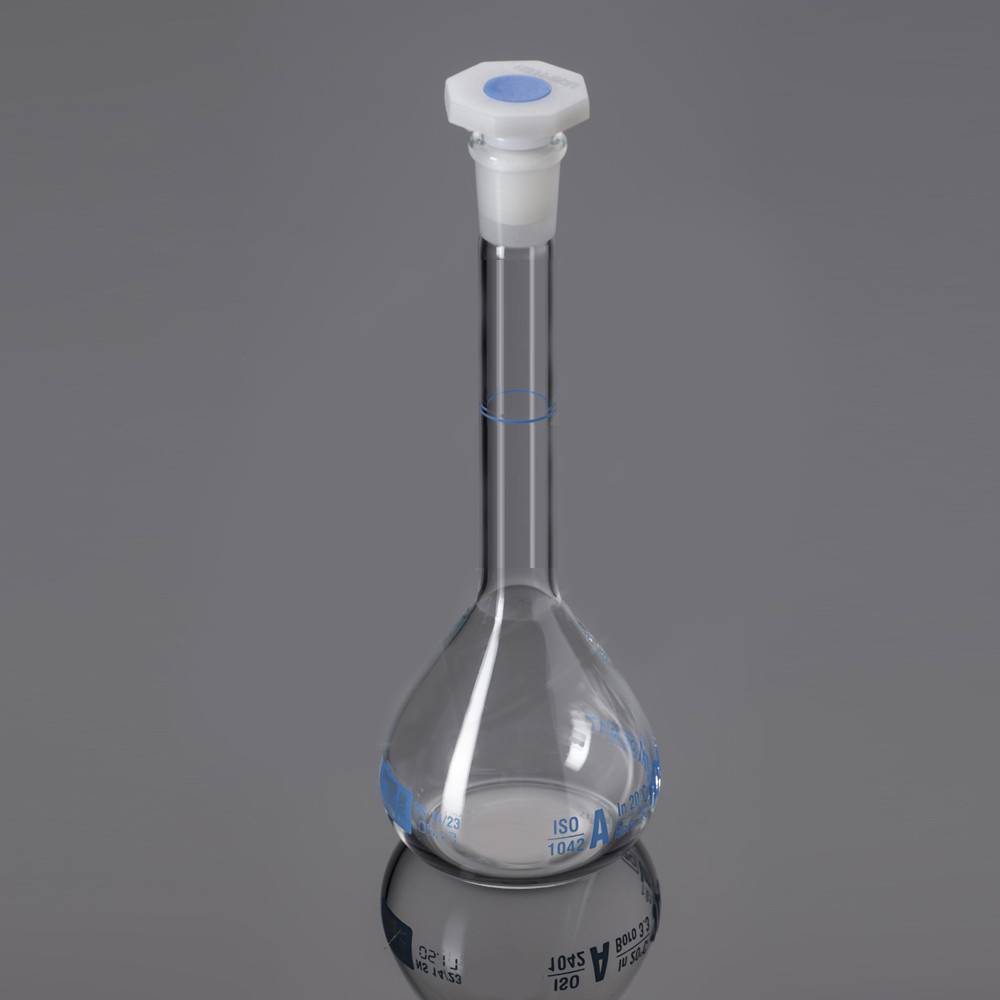
Common Uses of Volumetric Flasks
Volumetric flasks are pivotal in numerous scientific fields, where accurate liquid measurement is paramount. Below are several common applications:
1. Chemical Analysis: In chemistry labs, volumetric flasks are routinely used to prepare standard solutions. These solutions are critical for titrations, where precise quantities of reactants must interact for accurate endpoint determination.
2. Biological Studies: Researchers utilize volumetric flasks to create specific concentrations of solutions used in assays or to culture microorganisms. Precise measurements ensure reliable results in these biological experiments.
3. Pharmaceutical Research: In the pharmaceutical industry, volumetric flasks are vital for producing medications. Accurate liquid measurements are necessary for ensuring safe dosages of active ingredients in formulations.
4. Educational Settings: Schools and universities employ volumetric flasks in laboratory curricula to demonstrate the principles of solution preparation and titration processes. They serve as excellent teaching tools to help students understand measurement precision.
5. Environmental Science: Environmental scientists use volumetric flasks to prepare samples for chemical analysis of water, soil, and air. Accurate measurements are essential for assessing contamination levels and ensuring environmental safety.
In all these applications, volumetric flasks play an integral role in ensuring accuracy and reliability, which are essential for valid scientific research.
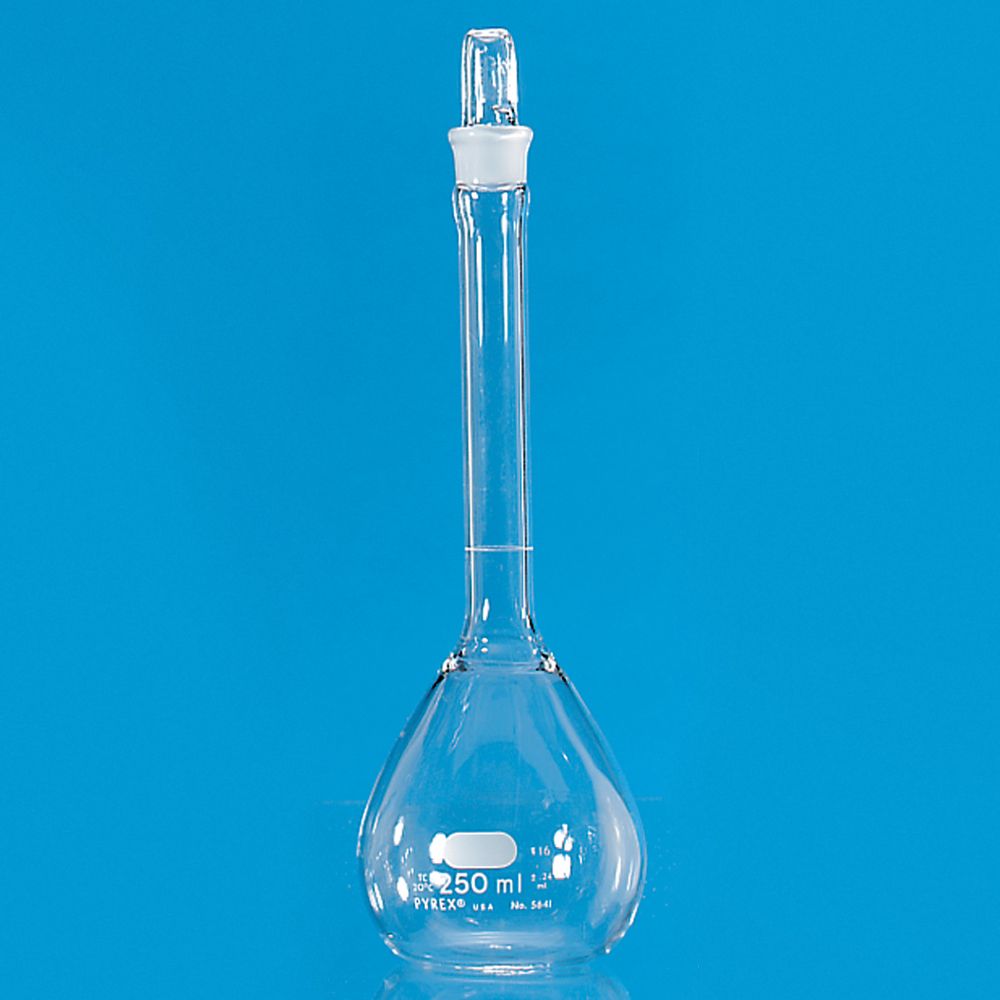
How to Use a Volumetric Flask
Using a volumetric flask properly is essential to obtaining accurate measurements. Here is a step-by-step guide on how to use a volumetric flask effectively:
1. Select the Right Flask: Choose a volumetric flask that meets the volume requirements of your application. Ensure its capacity aligns with your experimental needs.
2. Clean the Flask: Before using the flask, rinse it thoroughly with distilled water to remove any residues. If the flask has previously contained a different chemical, clean it with a suitable solvent to prevent contamination.
3. Fill the Flask: Add the liquid to the flask. When filling, pour slowly to avoid overshooting the desired volume. The bottom of the meniscus, which is the curved surface of the liquid, should touch the calibration mark on the neck.
4. Adjust the Volume: If the liquid is above the mark, carefully remove some liquid using a clean pipette. If it’s below the mark, add more liquid as needed until the meniscus aligns perfectly with the calibration mark. It is vital to ensure that the flask is on a level surface while making this adjustment.
5. Insert the Stopper: If your volumetric flask includes a stopper, insert it to prevent evaporation, contamination, or spillage. This is especially important when the solution will sit for a while.
6. Mix the Solution: If you are preparing a solution, gently invert the flask to mix its contents thoroughly. Avoid shaking vigorously, as this may cause spills or foaming.
7. Label the Flask: After preparing the solution, it’s good practice to label the flask with the solution’s concentration, the date, and any other pertinent information. This helps maintain organization and clarity in your lab work.
By following these steps, you can ensure that your measurements are accurate and that your experiments yield reliable results.
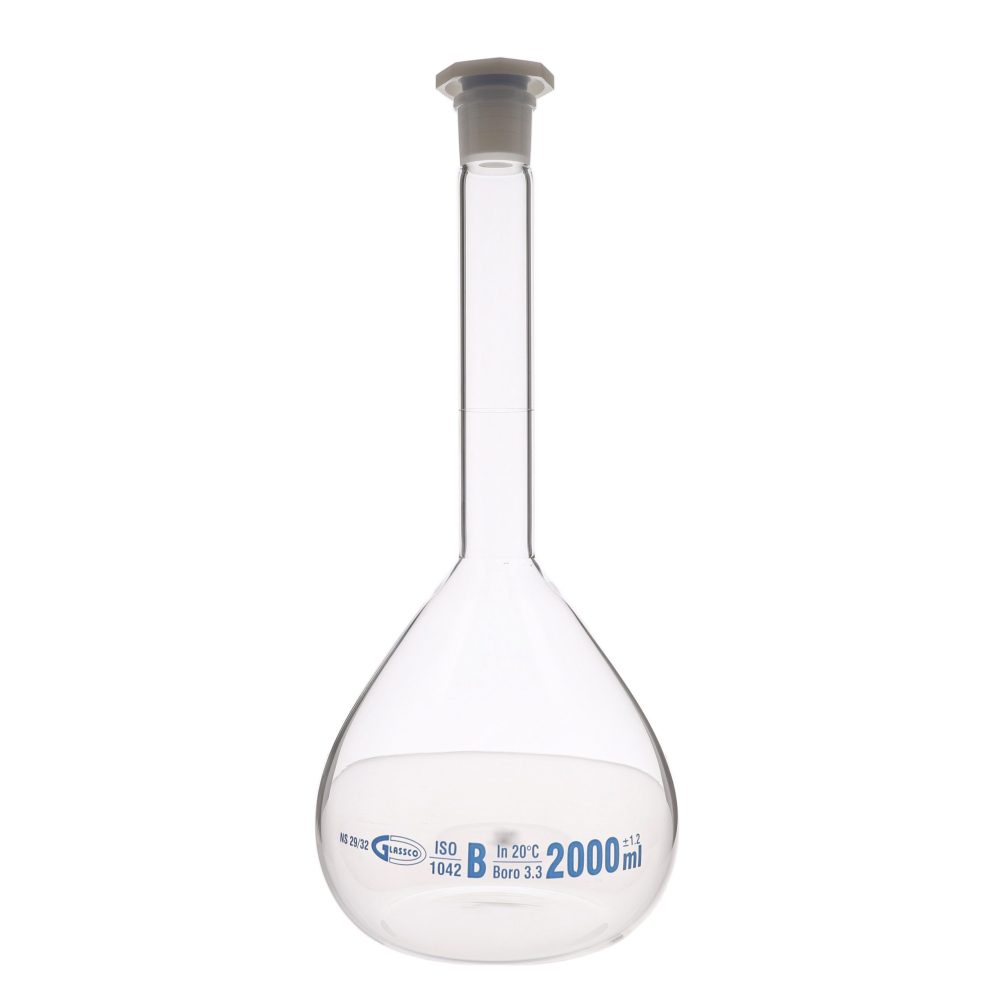
Comparison with Other Glassware
In a laboratory, various types of glassware serve specific measurement purposes, but none offers the same level of accuracy as a volumetric flask. Here are comparisons with other commonly used glassware:
1. Beakers: Beakers are versatile but lack precision. They are suitable for mixing and holding liquids but are not designed for accurate volume measurements. The markings on beakers are approximate and do not provide the reliability needed for precise scientific work.
2. Graduated Cylinders: Graduated cylinders offer better accuracy than beakers, as they come with multiple calibration markings. However, they still do not match the precision of volumetric flasks. Graduated cylinders are better suited for general liquid measurements where exact volumes are not critical.
3. Pipettes: While pipettes excel in transferring small, precise volumes of liquids, they are not intended for holding larger volumes like volumetric flasks. Pipettes are often used in conjunction with volumetric flasks to add specific volumes to solutions.
4. Burettes: Burettes are used for delivering precise amounts of liquid, particularly in titration. They allow for controlled dispensing but are not suitable for storing or measuring solutions like volumetric flasks.
5. Erlenmeyer Flasks: Erlenmeyer flasks are used for mixing liquids but lack the accuracy of volumetric flasks. They are great for swirling or mixing chemicals but cannot provide reliable volume measurements.
In summary, while other glassware plays essential roles in laboratories, volumetric flasks are unmatched when accuracy in liquid measurement is required. Their unique design and precision make them indispensable tools for scientists.
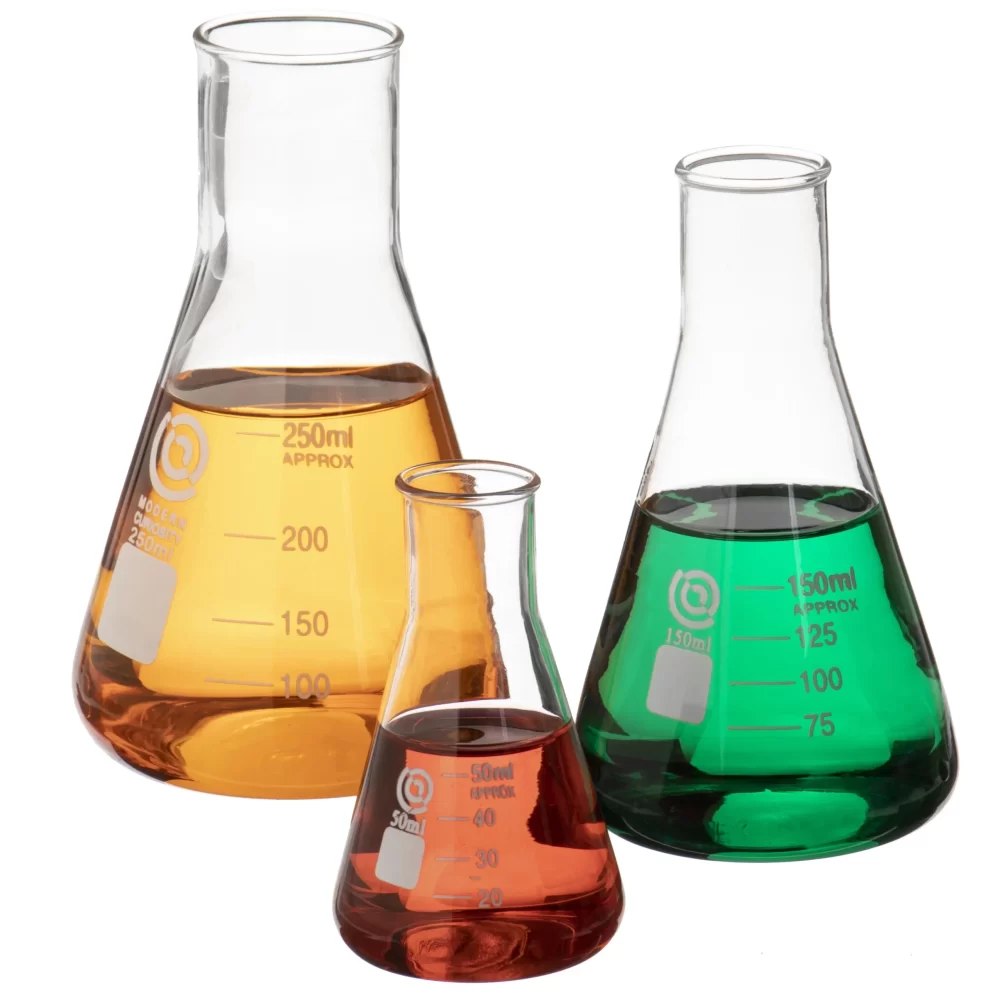
Conclusion
Understanding what a volumetric flask is and how to use it effectively is essential for anyone involved in scientific research or education. These instruments facilitate accurate measurements, paving the way for reliable results and valid conclusions. Whether you are a student preparing for your chemistry lab or a researcher conducting complex experiments, mastering the use of volumetric flasks enhances your capabilities in the laboratory.
The importance of precise liquid measurement cannot be overstated. Volumetric flasks are crucial for ensuring accuracy in experiments across various scientific fields. By investing in high-quality volumetric flasks, laboratories can promote better research practices and more reliable results.
As you continue your exploration in the world of science, consider incorporating volumetric flasks into your toolkit. They are not just tools; they are instruments that contribute to scientific innovation and discovery.
